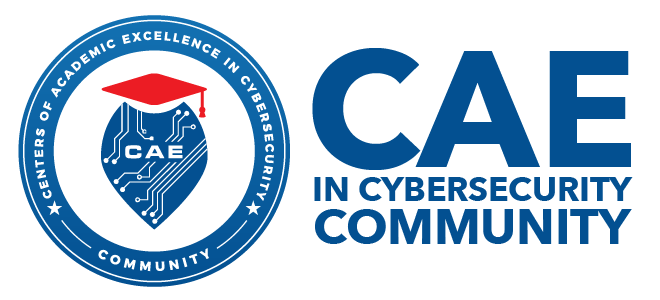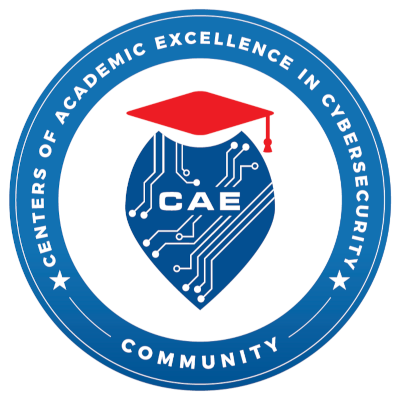The Role of Cyber Defense Education: A Case Study of National Cyber League (NCL) Participation
This research presentation explores the value of cybersecurity competitions in cyber defense education and its impact on the cybersecurity industry and workforce development. Competitions are considered active and challenge based learning that can be used as effective pedagogies to improve student interest, motivation, and problem solving in education. For cyber defense education quality assurance, student participation in cyber competitions is one of the criteria required for the National Centers of Academic Excellence in Cyber Defense designation by the National Security Agency.

